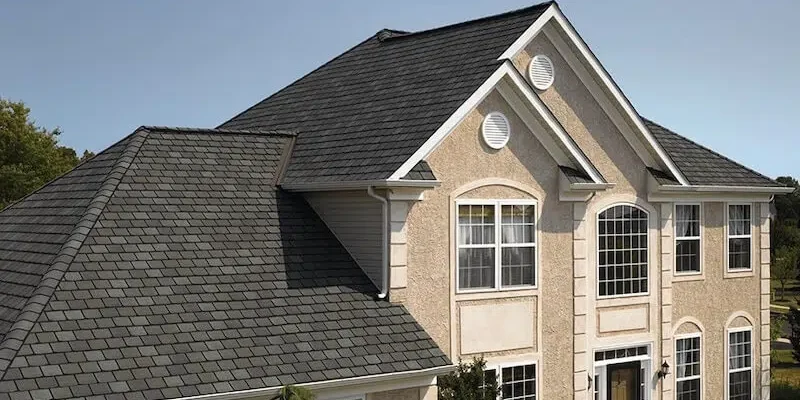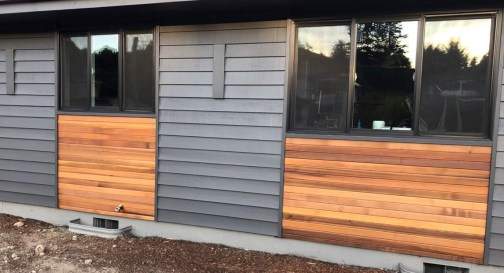Once you’ve spotted a leak, it’s time to take action. The sooner you move, the better your outcome.
Quick DIY Fixes for Minor Leaks
For small leaks, a quick temporary fix can help keep things under control. Try applying fresh exterior caulk to the problem areas. This fix won’t last forever, but it can buy you some time.
Before sealing anything, make sure the area is completely dry. And be careful not to seal over the small drain holes at the bottom of the window frame — those need to stay open to let water out.
Keep an eye on the area. If the leak keeps coming back or gets worse, it’s time to call a professional.
When to Reseal or Re-Caulk the Window
If the leak is coming from old or cracked caulk, resealing might solve the problem. Start by carefully removing the old caulk with a razor blade or scraper. Clean the area well so the new sealant sticks properly.
Use a high-quality exterior caulk and apply it in a smooth, continuous bead. Make sure the seal is complete with no gaps. Just keep in mind — if the window frame or glass is damaged, caulking alone won’t fix the issue.
How to Identify the Real Source of the Leak
Window leaks can be tricky — the water doesn’t always show up where the actual problem is. It often travels along framing or behind walls before it becomes visible.
To track it down, use a garden hose to simulate rainfall. Start low on the window and work your way up slowly. Be sure to spray in the same direction rain would naturally fall — downward at a slight angle. Don’t spray directly into the window or upward, since that won’t reflect real weather conditions.
Watch inside for any signs of moisture. If the leak appears right away, you’ve probably found the source. If it shows up later, the issue may be higher on the wall. Don’t forget to test the window above, too — water can travel farther than you think.
When It's Time to Call a Professional
If the leak is ongoing or damage is visible, don’t wait. Call a licensed window or siding pro. Professionals can check flashing, insulation, and the full window assembly. They can also spot siding issues you might miss. A proper diagnosis leads to the right fix. Don’t rely on guesswork when water is involved.








